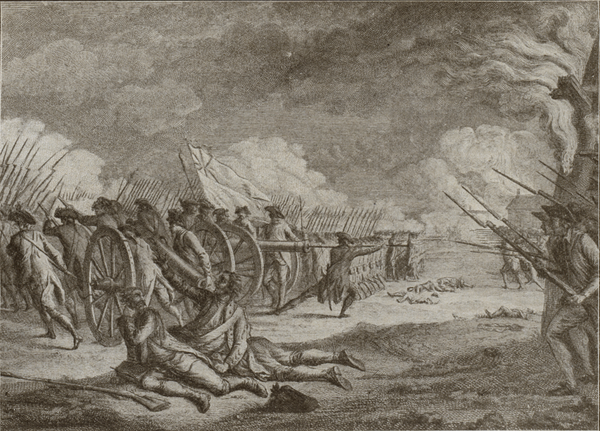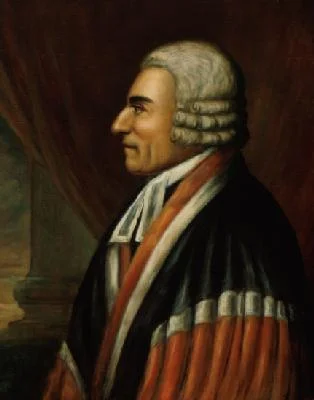William Shepard Scatters Shays' Rebels
William Shepard was a successful Colonel who served throughout the Revolutionary War.
Shepard played an important role in Shays’ Rebellion before serving in the United States House of Representatives.
William Shepard
During the gradual buildup of tension in the years preceding the Revolutionary War, Massachusetts increased the strength of its Militias.
One of the men who received a commission as a Lieutenant Colonel was William Shepard. Shepard’s selection seems to have relied heavily on his background of service in the French and Indian War.
After participating in the Battle of Lexington and Concord, Shepard joined the Continental Army and became de facto commander of the 3rd Continental Regiment in the absence of the Colonel.
Brigadier General?
William led the 3rd Continental Regiment to New York where they participated in the Battle of Brooklyn.
Although Shepard was wounded in this engagement he survived and was rewarded for his efforts with a promotion to Colonel. He had proven he was the right man for the job.
William served for a total of seven years in the Continental Army. Eventually, in November of 1782, he resigned, unhappy that he continued to be passed over for promotion (keep in mind, this is more than a year after the Victory at Yorktown).
Unbeknownst to him, the Continental Congress had already increased his rank to Brigadier General. However, the letter with his commission arrived six days after his resignation.
Shays’ Rebellion
William Shepard returned home and became a rising star in Massachusetts politics. He served in the State House of Representatives and was named a Major General in the Stat Militia.
When Shays’ Rebellion broke out, Shepard was chosen to defend the Springfield Armory from the rebels. When they attacked, William ordered that grapeshot be fired out of the canons to halt the onslaught.
This tactic worked. The rebels scattered and two men were killed.
Unfortunately, Shepard became a great villain to these rebels, most of whom were former Continental Soldiers. He was slandered in the papers and even had his horses killed.
Congressman
William’s political aspirations do not seem to have been adversely affected by his role in Shays’ Rebellion.
In fact, his star still continued to climb, and he was chosen to sit on the Governors Council. This position was similar to a modern-day Cabinet.
Shepard was sent on several missions to negotiate with Native Americans. Perhaps the most notable of these adventures was his participation in the creation of the Treaty of Big Tree.
William would go on to receive election to the United States House of Representatives for three consecutive terms during the Adams and Jefferson Administrations before retiring from public life.
Follow this site to read about another Founder tomorrow!
Until then, check out one of these articles on other Founders associated with Shays’ Rebellion
Royall Tyler Writes Broadway’s First Play
William Cushing Keeps His Wig On
Robert Treat Paine -Upholding the Rule of Law
Want to read a great book about Shays’ Rebellion?
‘The American Revolution’s Final Battle’ is actually one of the first books on the Founders which I purchased oh so many years ago.
Pick up a copy through the Amazon affiliate link below (you’ll support this site, but don’t worry, Amazon pays me while your price stays the same) but be warned, it is very rare and therefore expensive.
Don’t miss tomorrow’s article!
Subscribe to my email list here.
If you wanted to support this site by becoming a Patreon Member you can do that here. Thanks for your support!






